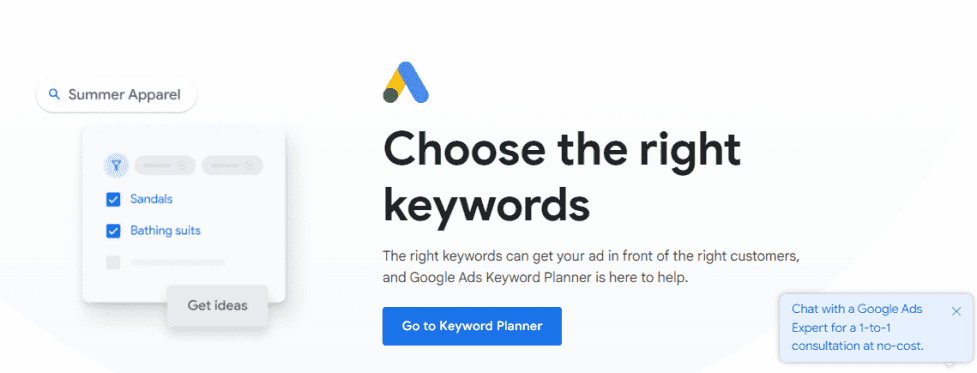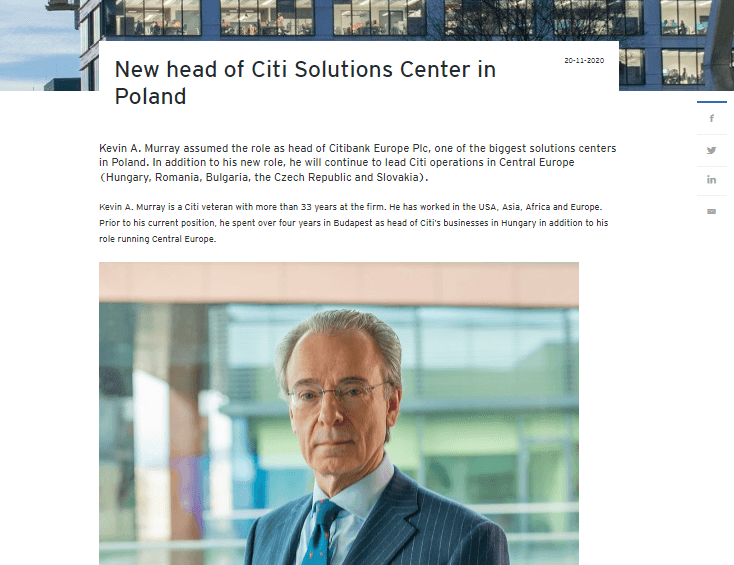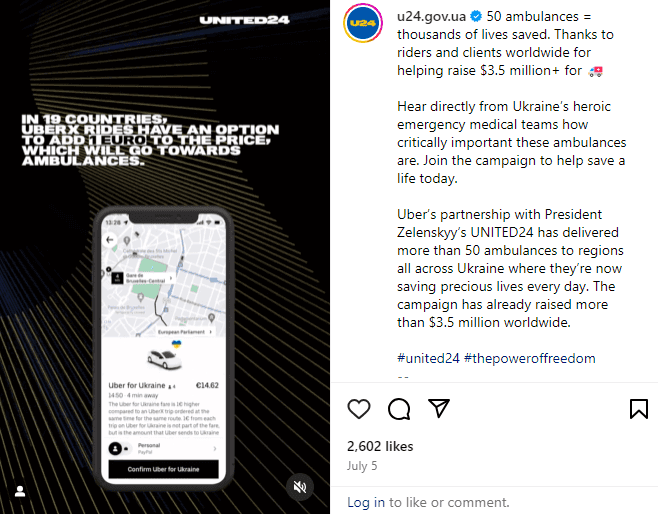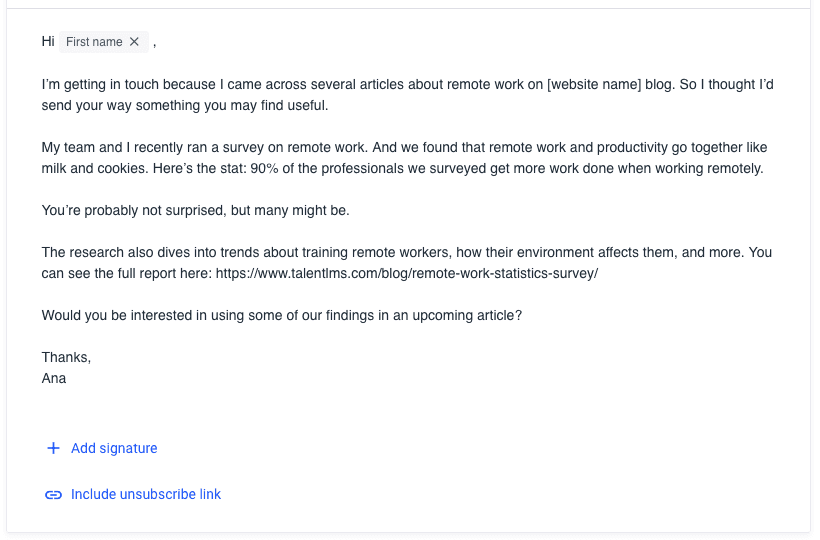

Chris Norton
Chris Norton is the host of the UK’s 7th largest marketing podcast, Socially Unacceptable, and Founder of award-winning B2C specialist PR agency Prohibition.
Why blend PR with SEO, you might ask? To cut a long story short, when you merge these two, you create formidable content that doesn’t just boost your reputation. It ranks, too. PR and SEO amplify your message and further ensure the success of your digital marketing efforts.
So, how do you combine the two? This guide will teach you how to build an effective SEO PR strategy. But let’s not get ahead of ourselves
What Is SEO PR?
SEO PR is one of the latest modern marketing strategies. It’s an approach that blends the art of public relations with the science of search engine optimization.
In general, PR focuses on reputation management and on crafting narratives to influence public perception. So, think press releases, blog posts that boost authority, and media relations.
SEO actions, meanwhile, are based on understanding algorithms to boost website visibility. So, these can include link-building, keyword research, and enhancing the user experience, among other things.
With those SEO and PR actions combined, you can shape and share your brand's story in a way that captivates your audience and catches the eye of search engines. With SEO PR as your digital megaphone, you can stand out and ensure your business’ success.
Building a Strong SEO PR Strategy
Here’s a step-by-step guide you should follow to leverage the power of PR and SEO and transform your approach to digital marketing.
1. Conduct Keyword Research
Why start with keyword research? Because it's like setting the GPS for your SEO PR journey. Knowing the right keywords is knowing the language of your audience and how they search for information related to your brand. You’ll later learn where you should use these as part of your SEO PR strategy. For now, just focus on creating a list of keywords.
To generate keyword ideas to include in your list, you need to understand your audience. Ask yourself: What is my audience searching for? What questions are they asking?
Of course, with this approach alone, you’ll probably generate only a few keyword ideas. That’s where tools that can automate the research process come in handy.

There are numerous options available for keyword research. The good thing about tools like Google's Keyword Planner (see above), SEMrush, Ubersuggest, or Ahrefs is that they offer other relevant insights apart from popular keywords. You can also get insights into search volume, keyword difficulty, and what your competitors are ranking for. That can help inform your keyword strategy.
For instance, you might decide to forgo trying to rank for a specific keyword even if it has a high search volume because of the high keyword difficulty. Or, you might include some keywords in your final list just because your competitor ranks for it.
A general recommendation is to look for long-tail keywords or specific phrases that your audience might use. These can be less competitive and are more targeted. When someone searches for “email marketing platforms for small businesses,” for instance, they’re looking specifically for these tools. So, if your product fits their criteria, it’s likely they’ll be interested and click on your content.
Once you have your list of keywords, set it aside for the time being.
2. Craft Compelling Content
At this point, you’ll need to create content that provides value to your audience. Whether it's a blog post or a press release, your content should be informative and engaging. Remember, your goal is to boost your brand reputation and rank in search engine results pages with your content. You can’t do that if that content is mediocre.
Storytelling is a powerful tool in content creation. People connect with stories, not just facts. Actually, facts are approximately 22 times more likely to be remembered if they are part of a story.
So, when crafting your content, focus on telling your brand's story, highlighting unique aspects that make you stand out. With excellent PR services, you can easily find that angle to focus on in your brand storytelling.
Nike is an example of a brand that knows how to tell stories. Notice how, instead of promoting and selling its Jordan Brand directly, it tells the beautiful narrative of how the shoe design came to life:


As a final tip, make sure your content is relevant to the keywords you came up with in the previous step. You’ll see why that’s important in the next section. You can use a generative AI platform for content ideas. Smart tools like this can also help you scale your content creation, while ensuring all your content pieces are on-brand.
3. Optimize Content
Let’s assume you already have your high-quality content. Great! Now get that keyword list and start incorporating your keywords into it naturally. Avoid keyword stuffing. Instead, ensure the keywords are woven into the narrative. They shouldn’t sound forced.
Optimizing your content for SEO also means adding images, videos, or infographics that can make it engaging and shareable. Search engines tend to favor content with visuals and other multimedia elements like the one below as they enhance user experience (UX):

If you do incorporate these, make sure you create the important corresponding SEO elements like meta descriptions, title tags, and header tags. You’ll want to include your keywords in these elements, too.
As part of your optimization, pay attention as well to your content structure. Use clear headings and subheadings to make your content easy to understand. Employ bullet points when enumerating similar objects. Why are all these important? Well, again, they all help boost the user experience.
Don’t forget to optimize for mobile as well. This is key to SEO since Google uses the mobile version of a site’s content for indexing and ranking. Besides, it’s good for conversions, too. People using mobile devices contribute to 56.2% of all website traffic. So, if you don’t ensure your content is mobile-friendly, you’ll miss out on organic traffic which you can convert into paying customers.
Once you’ve done all those, you can publish your optimized content on your site.
4. Leverage Social Media Platforms
But don’t just rely on optimizing your blog post or press release with keywords to disseminate your brand message and secure good search engine rankings. You can leverage SMS link to promote your content, for instance. As part of your PR and SEO strategy, you can do the promotion on social media as well.
Social media is an invaluable tool in your SEO PR approach because of its reach. Just think about it. Over four billion people use social media. That’s a lot of people you can show your relevant content to.
The more people who see your valuable content, the more people who are exposed to your brand message for PR. Also, the more people who are likely to link to that website content. After all, social media users exposed to your brand message may also include website administrators who can do this. Why bother with links? Because they can further boost your SEO efforts. High-quality backlinks are a key SEO ranking factor.
Then there’s the fact that on social media, you can build and nurture relationships. People you have relationships with are more likely to consume that content that enhances your reputation. They are also more likely to grant the favors you ask of them, like linking to your website content for SEO.
Note, though, that for this to work, you need to choose social channels where your target audience is most active. Also, you need to engage with your audience by responding to comments and participating in relevant conversations.
Does all this mean you can only use social media to share your optimized site content as part of your SEO PR strategy? Not really.
You can also post other types of content, as long as it reflects your brand message and generates engagement.

Uber, for instance, uses its Instagram account to announce how it helps raise funds for ambulances. With this strategy, it doesn't just help boost its reputation as a socially aware brand. As more people like and share the social media content, more website administrators are bound to take notice, go to the Uber website, and link to its other relevant posts. See how that approach to SEO PR can be just as effective?
Whatever you decide to post as part of your SEO and PR strategy, incorporate relevant keywords and hashtags into it. These help in making your posts even more discoverable both on social platforms and in search engines.
Also, keep track of what’s working and what’s not. Use analytics to understand your audience’s behavior and preferences. This data can inform your future content and strategy, ensuring that your social media efforts are aligned with your PR and SEO goals.
5. Use PR Outreach for Link-Building
Finally, for the best SEO and PR results, enhance your link-building efforts with PR outreach. The media, after all, can carry your relevant links in their articles as well, further boosting your backlink profile for SEO.
Start by identifying media outlets or journalists who cover your niche. For this, you can check media databases like Prowly or Press Hunt. Another option is to search for articles related to your niche and to look at the bylines. You can use an email finder to search for your chosen media’s contact details.
Once you have the details, reach out with your optimized site content. See below a sample email sent to a journalist as part of a company’s PR outreach:

As in the example above, ensure you personalize your communication. Explain why your content is relevant to their audience and how it adds value. Bland and generic pitches are less likely to be successful. If your content is valuable enough, they won’t hesitate to link to it in their articles.
In Closing
So, there you have it. Now you know how to build a strategy that combines PR and SEO. Each step - be it conducting keyword research, crafting compelling content, optimizing press releases, leveraging social media platforms, or using PR outreach for link-building - plays a critical role in fortifying your brand's online presence and reputation.
Now, it's your turn to apply these techniques. You’ll soon see excellent results. Good luck!

About the author
Chris Norton
By Chris Norton, host of the UK’s 7th largest marketing podcast, Socially Unacceptable, and Founder of award-winning B2C specialist PR agency Prohibition. His social media training blog is listed in the UK's top 10 PR blogs. For tons of digital PR tips, you can follow Chris here @chris_norton.
Related articles


